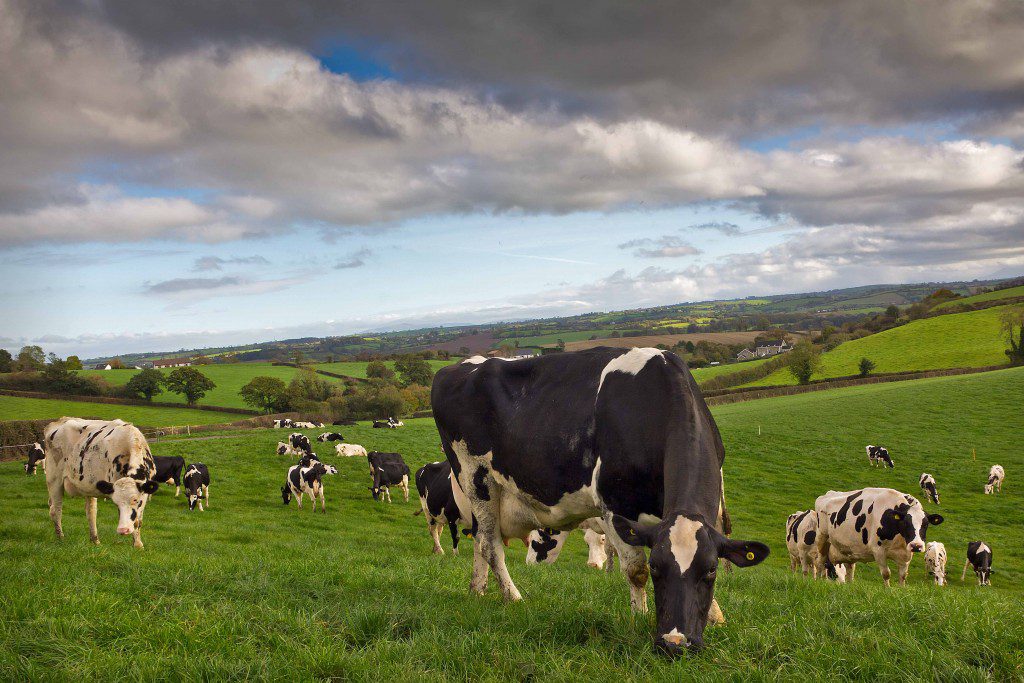Maintaining grass quality during the breeding season is vital for cow nutrition, according to Dr. Joe Patton, head of Knowledge Transfer with Teagasc.
The breeding of cows is now coming into focus on the majority of dairy farms across the country and a key part to a successful breeding season is having cows in a good nutritional status.
Cows in poor nutritional status will likely have lower conception rates.
Grass quality
Speaking on the Teagasc ‘Let’s Talk Dairy’ webinar, Dr. Patton offered some advice to farmers around cow nutrition in the lead up to the breeding season.
“When we talk about nutrition and fertility, what are we really saying?” he began.
“We are talking about energy status, which is body condition score (BCS) and mineral status.”
Dr. Patton noted that over a number of years, Teagasc conducted trials that looked at the rate of concentrates fed to cows and if this had an impact on conception rates.
He said that there was no difference between conception and empty rates in these trials.
“The solution to bad management is not more meal,” he said.
“If you want to sort out a fertility issue in terms of conception rates, listen to what is being said in breeding week around the genetics.”
Dr. Patton instead recommend that farmers feed cows, in the lead up and during the breeding season, high-quality grass and 2kg of concentrates.
Outlining what is meant by high-quality pasture, he said it is pre-grazing yields of 1,400kg of dry matter (DM)/ha, with fibre levels being in the high 30s to a maximum of 40.
“If you have lower fibre in the grass you can get more grass into the cows, which is more energy into the cows, which is what we want,” he said.
“People tend to discount the energy in grass for some reason and focus that all the energy is coming from the meal – it is not really the case.
“If we can get the fibre down and manage the wedge you can get an extra 2kg of intake from grass.”
He said that grass quality can become as issue during mid- to late-May when grass can get out of hand.
“If you want to do your cows a favour get on top of grass quality during the breeding season,” he said.
For a herd milking 32L, Dr. Patton said that these cows will have a DM intake of between 18-20kg – including the concentrates.
Minerals
Moving to minerals and their importance before and during the breeding season on dairy farms, Dr. Patton said: “The 2kg of meal does offer a top up of energy, but anymore than that [and] we start to get substitution and we start to lose grass intake.
“The more meal we feed the less grass intake we will have.
“The 2kg of meal are to ensure you get in your minerals along with a small increase in energy.
“When we talk about minerals we have to separate out the macro minerals from the trace minerals.”
Continuing, he said: “Calcium, magnesium, phosphorus and sodium are the major minerals, versus your copper, selim and iodine.
“The reason you want to make a distination between the two of them is trace minerals are needed in very small quantities – you can bolus them if you want.
“Where the macro minerals need to go in pretty much every day and they need to go in grams/day,” he said.
He suggested that farmers test their cows’ bloods for minerals ahead of the breeding season to determine which are need and the rates required.
